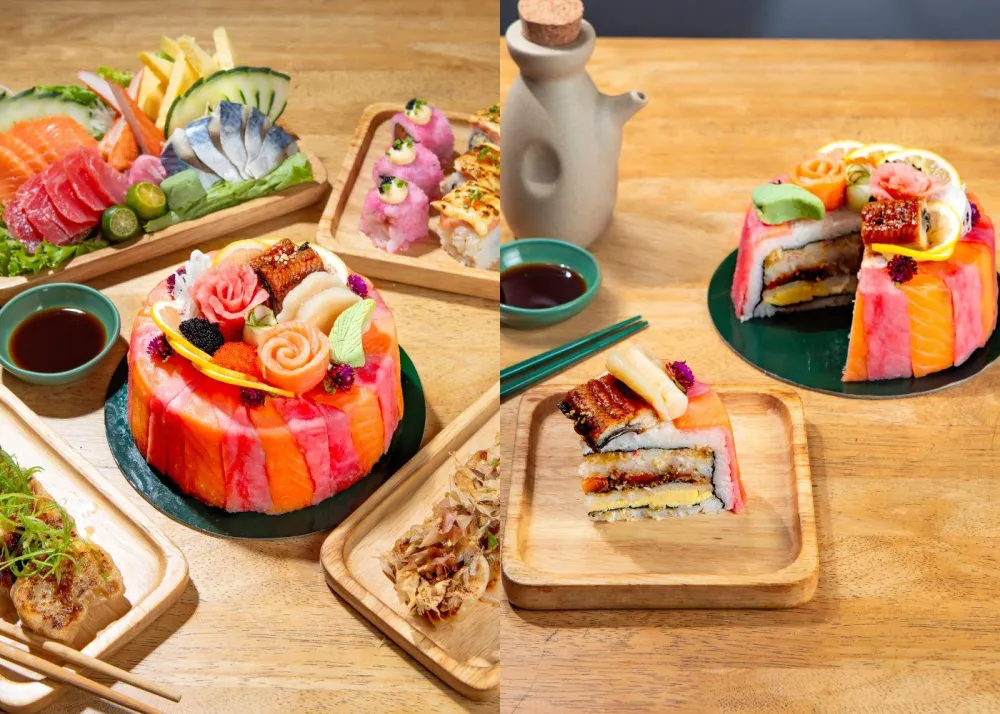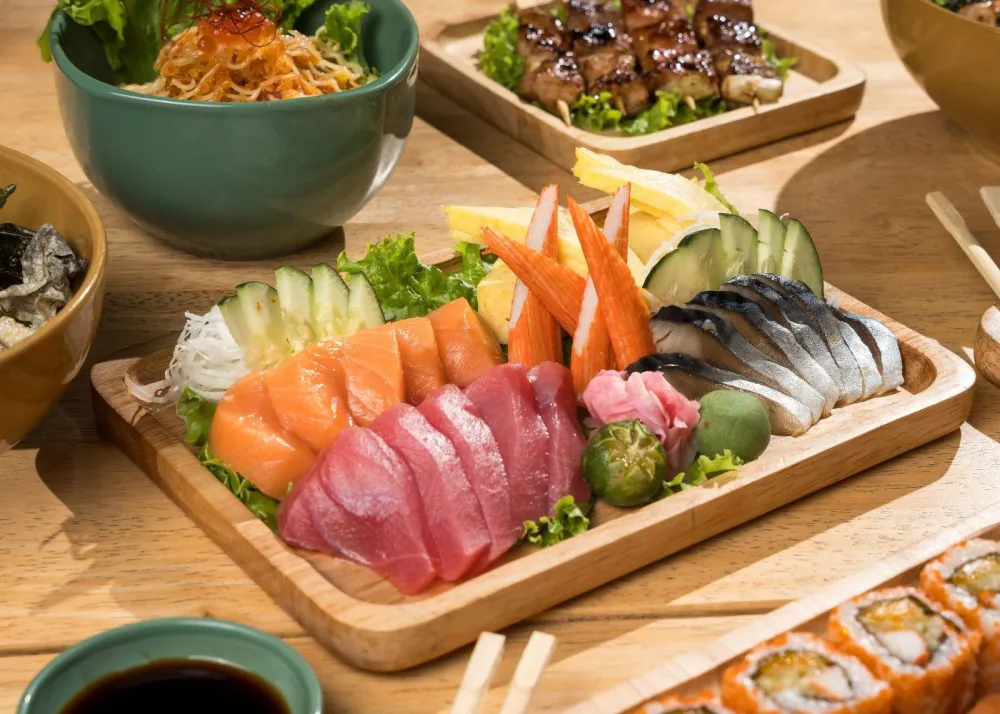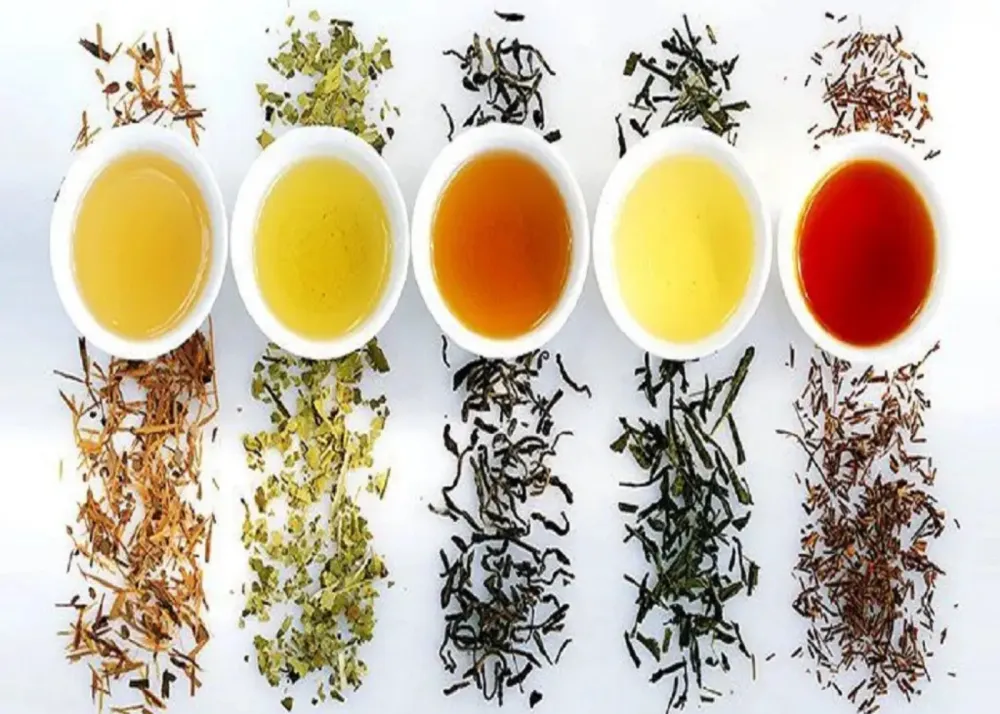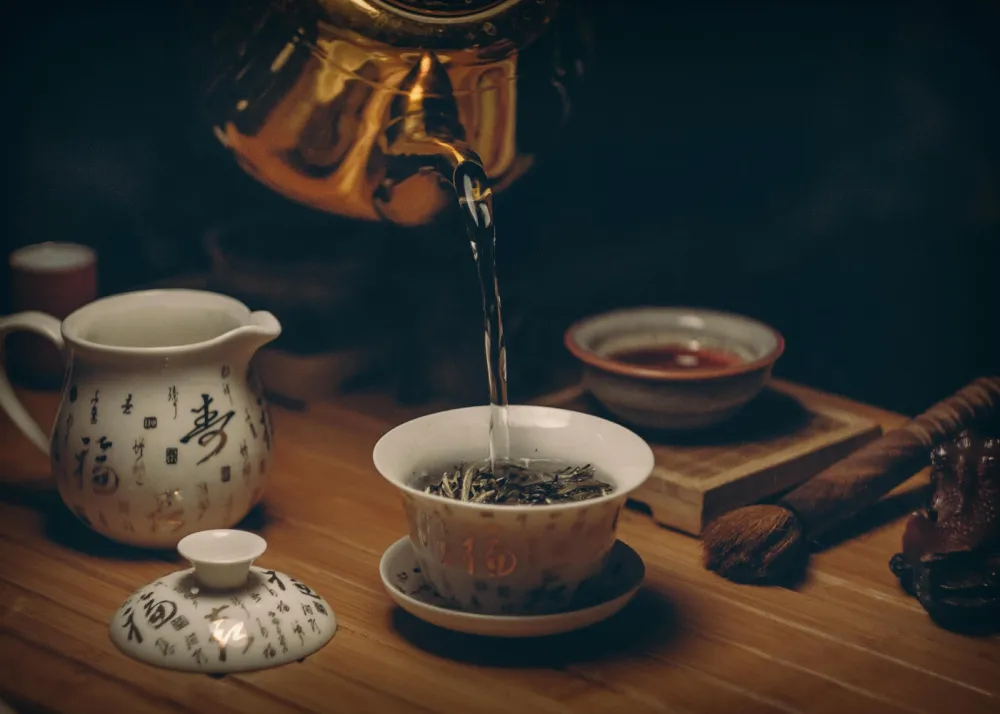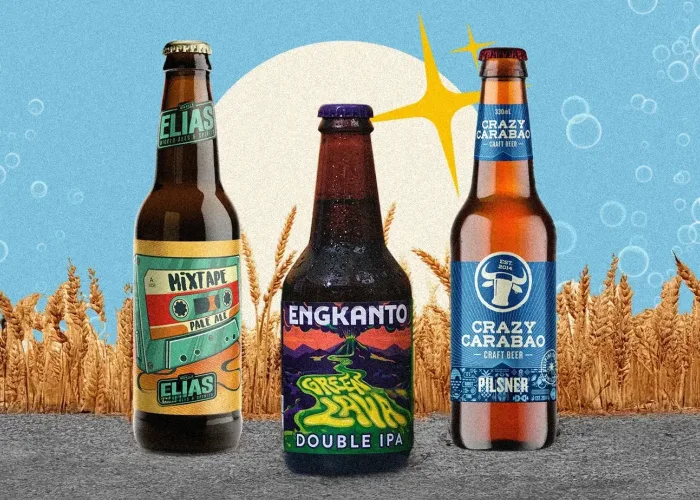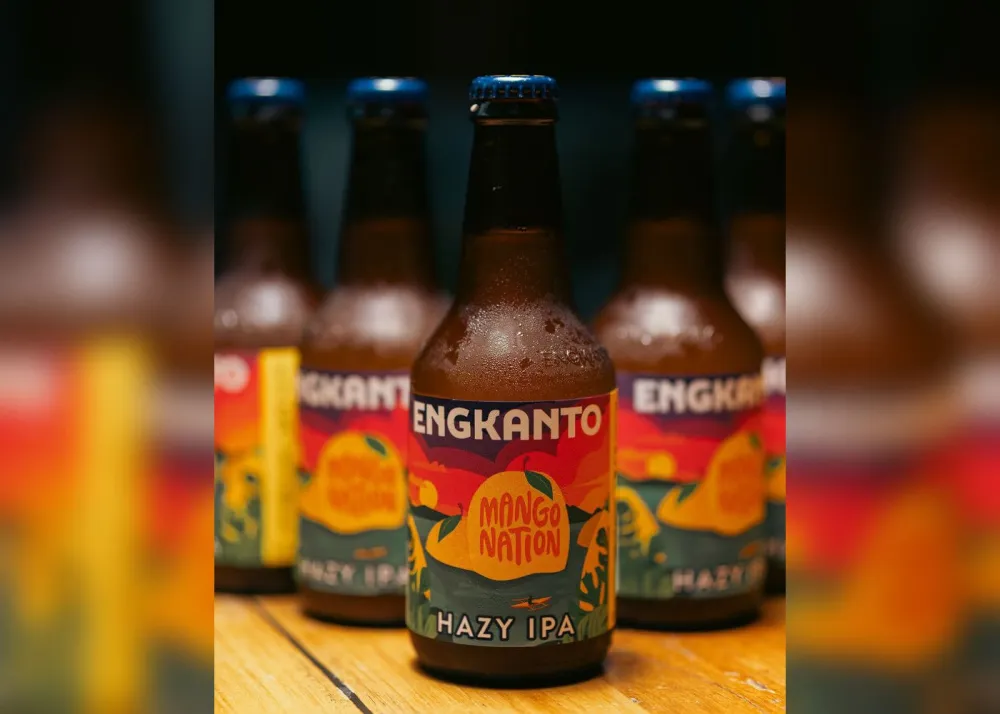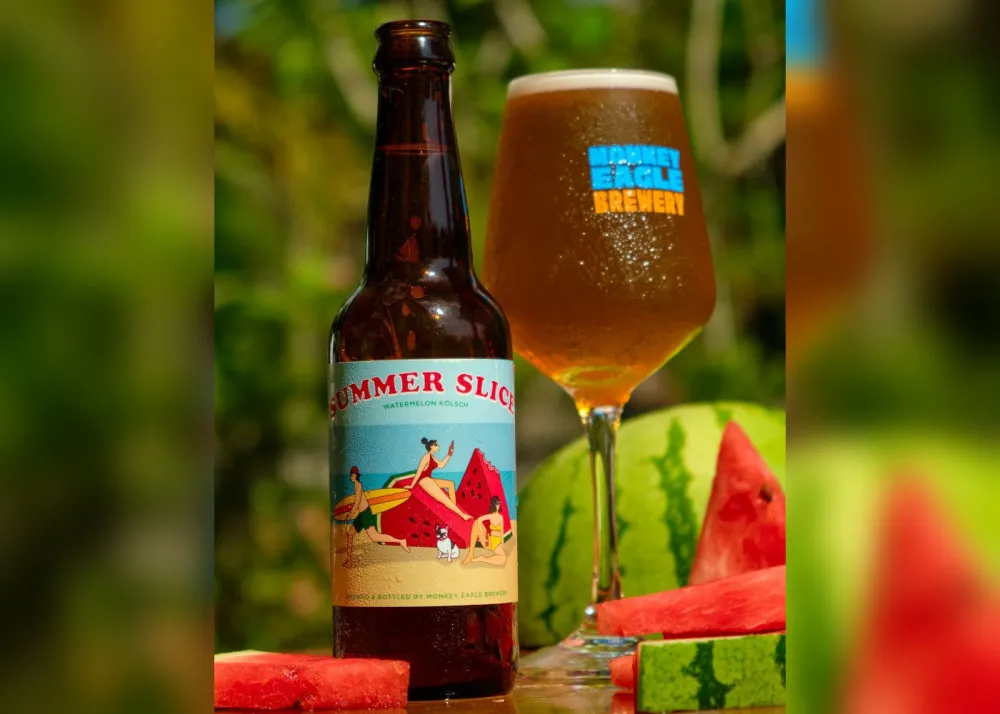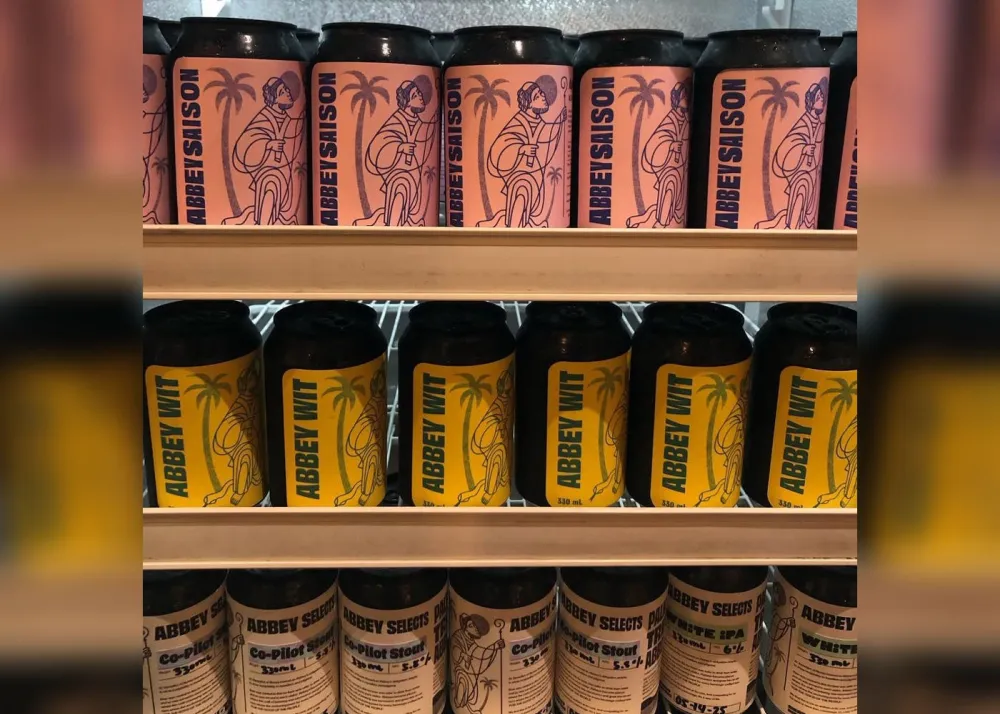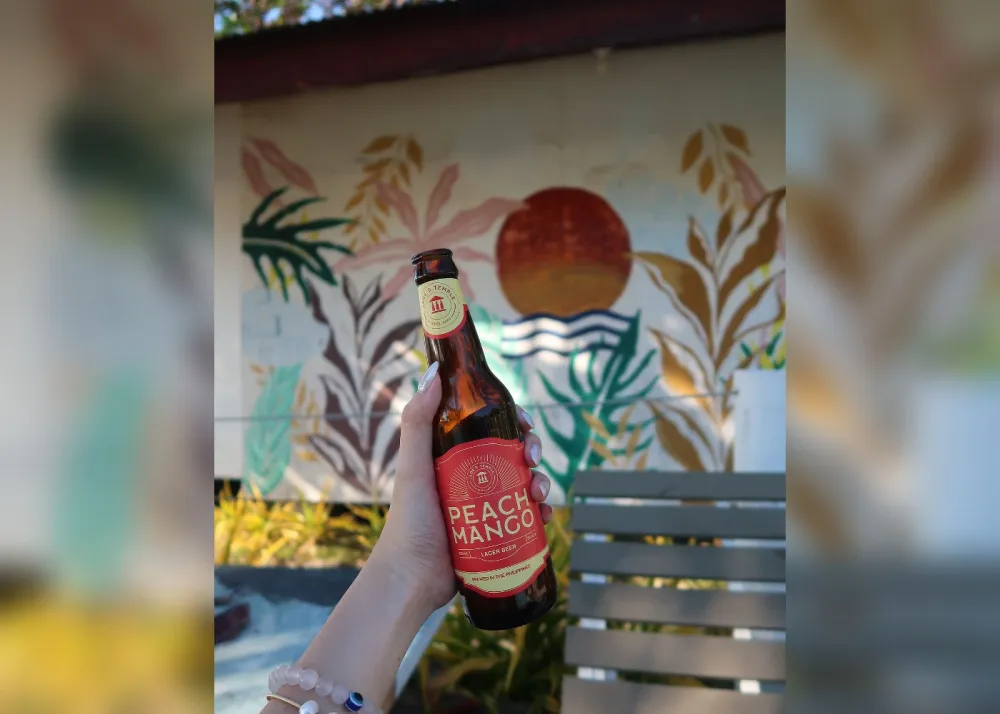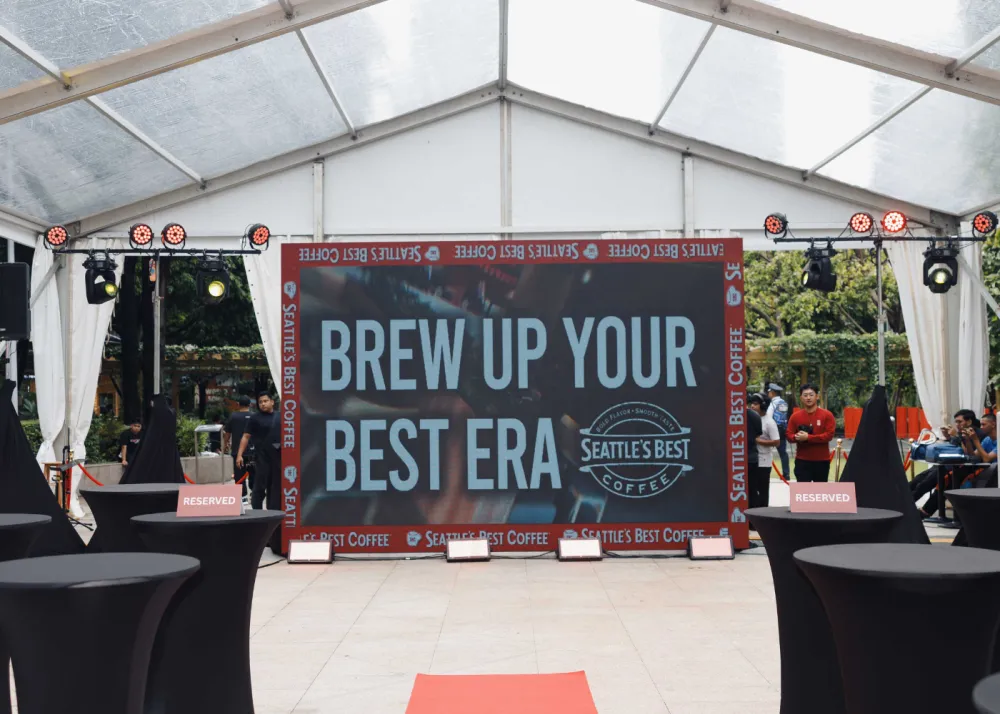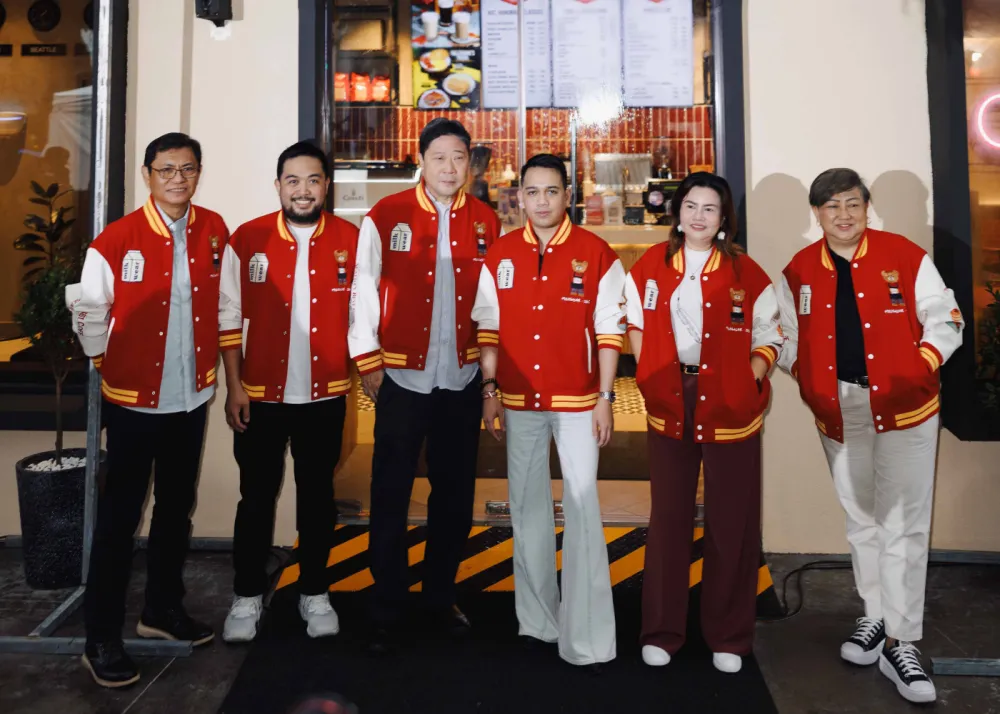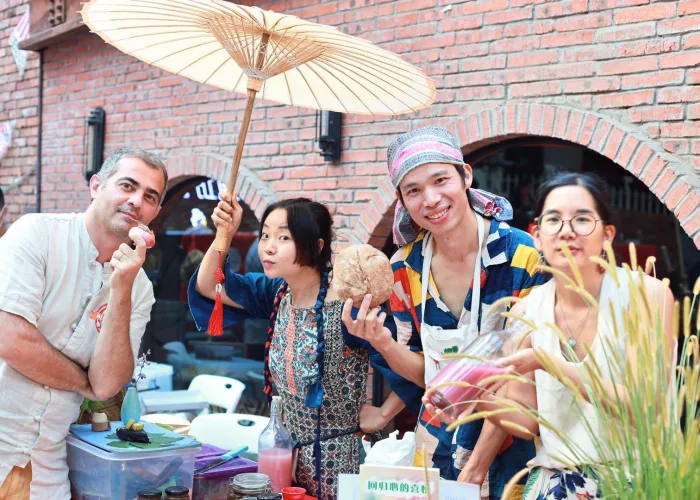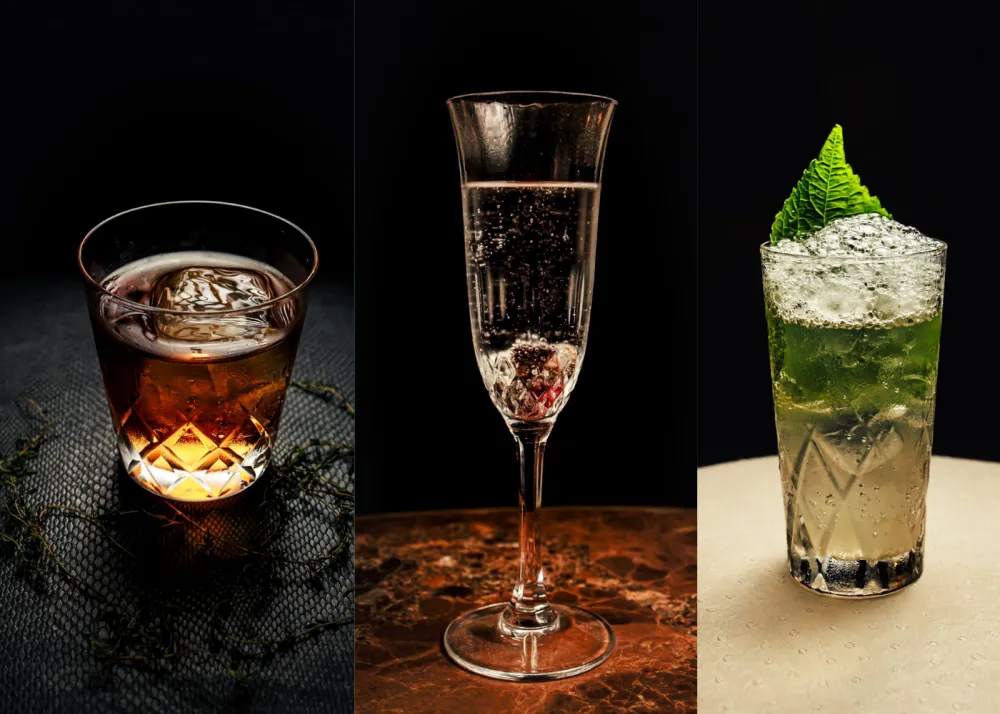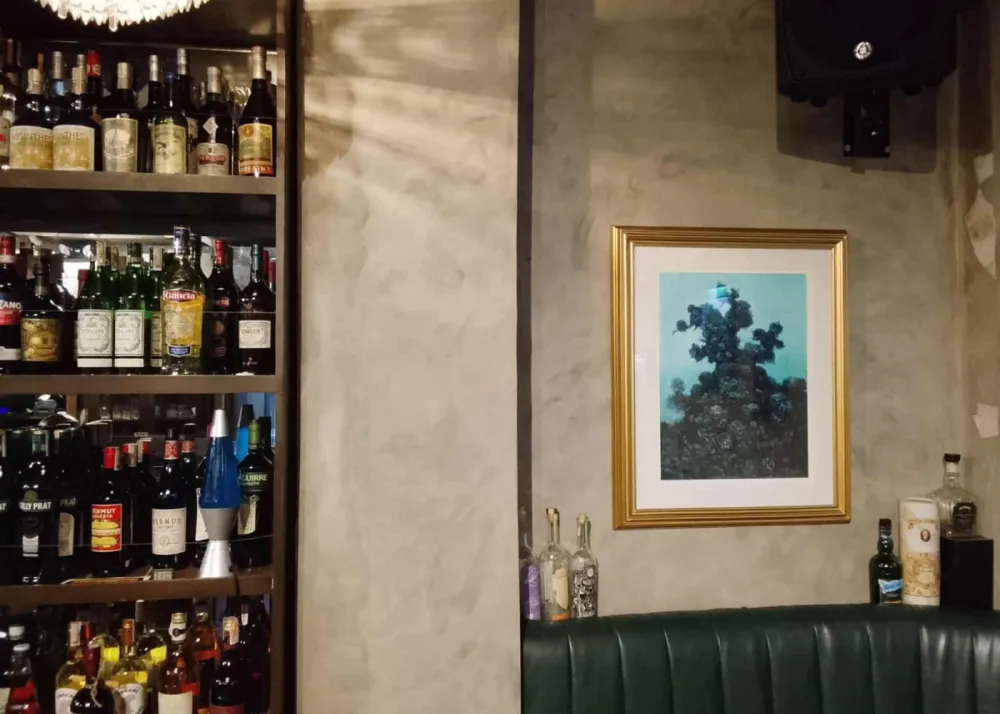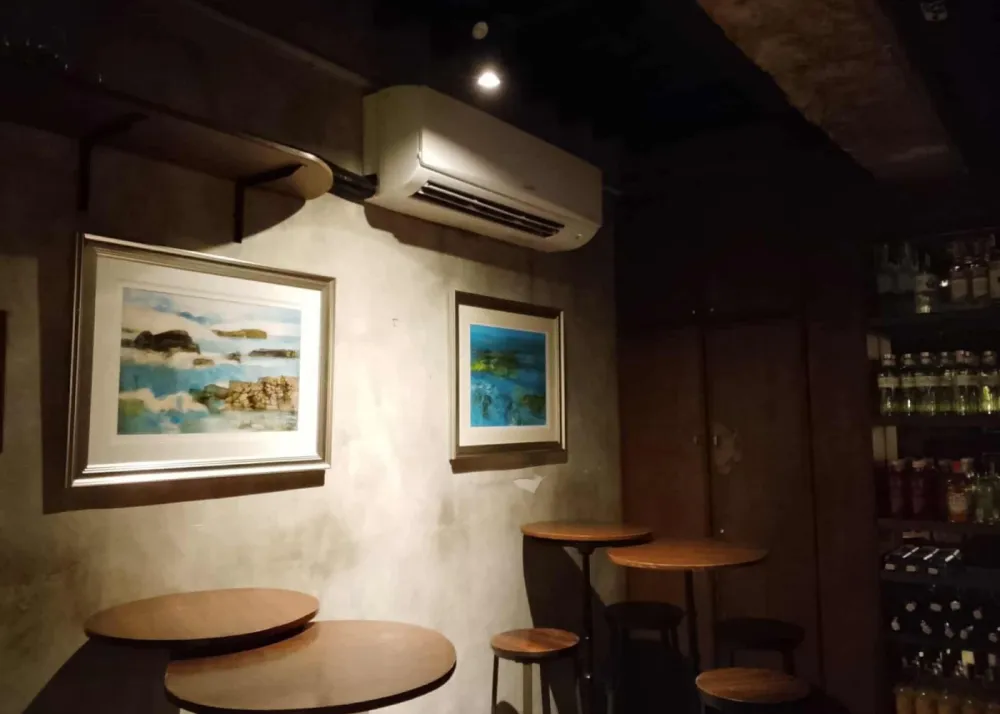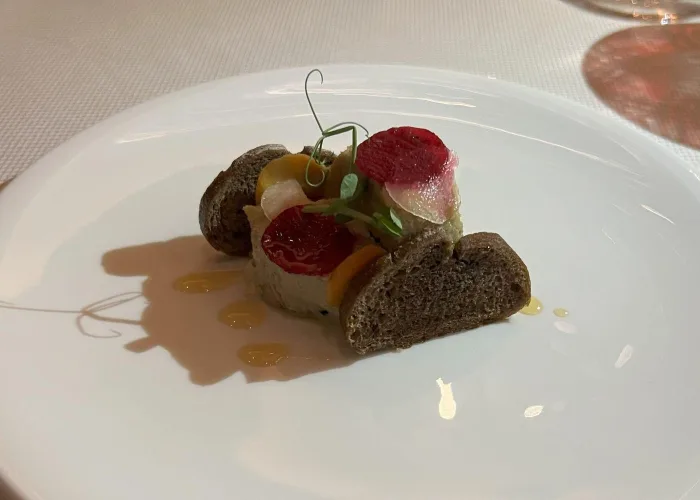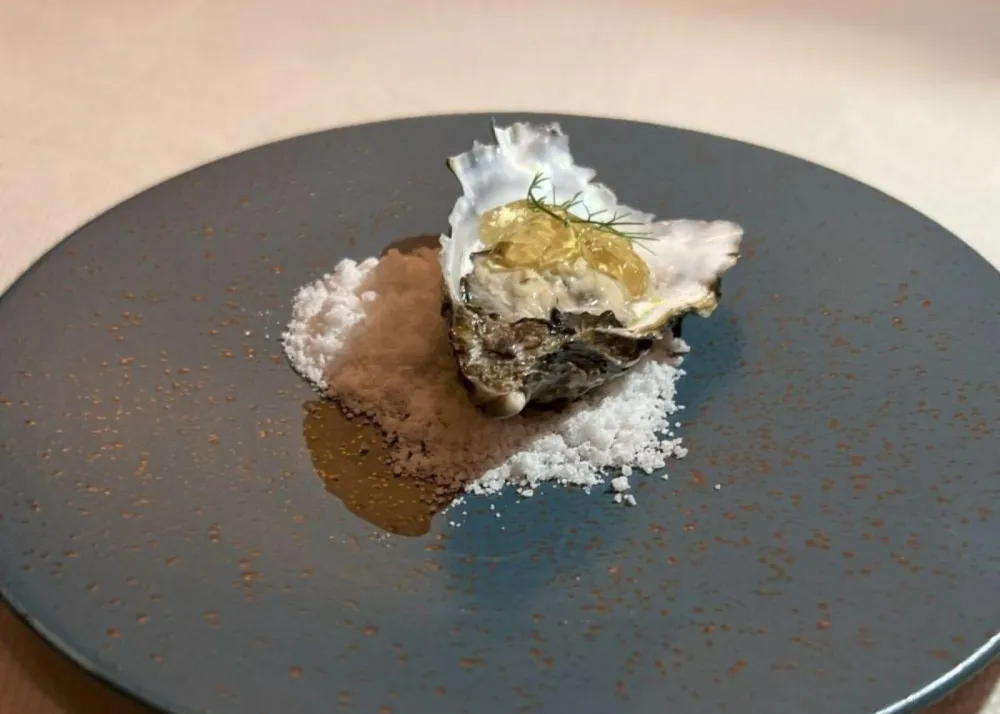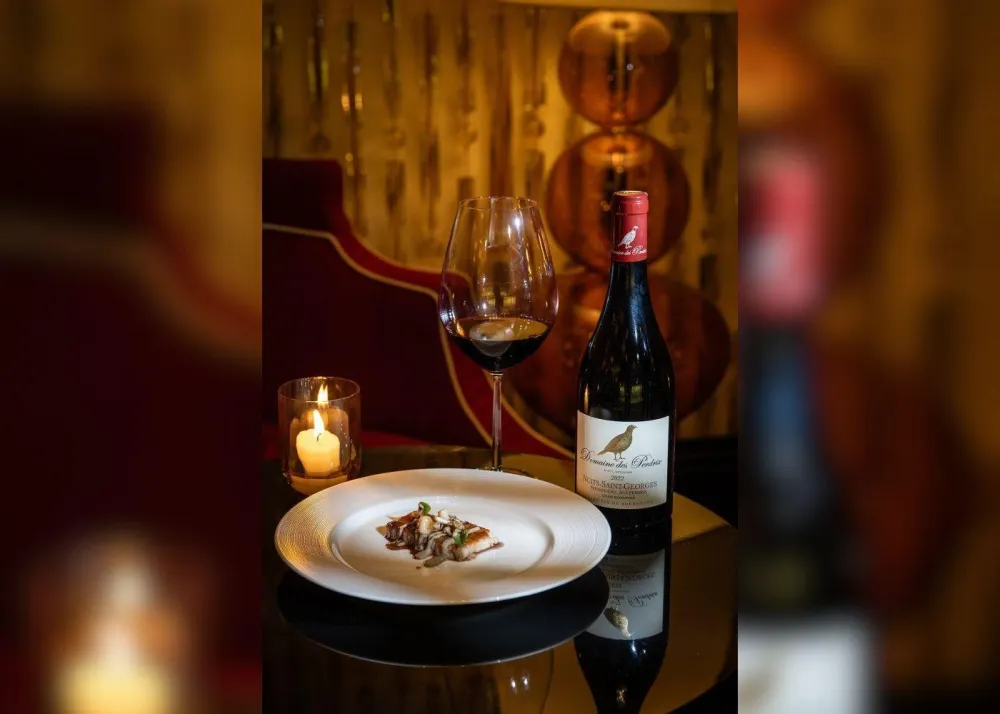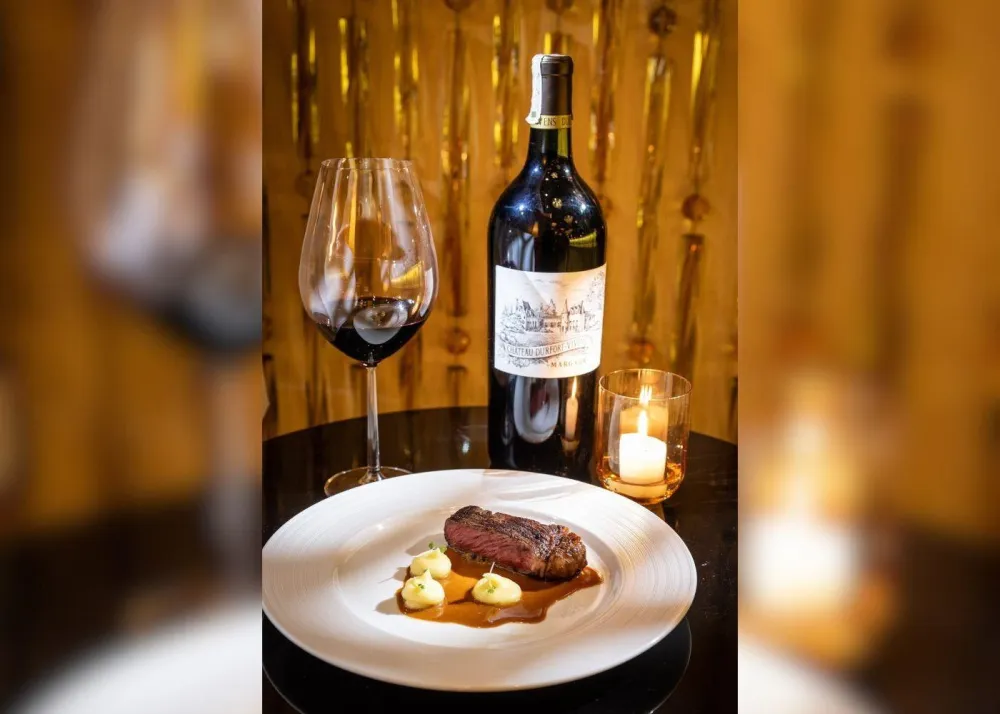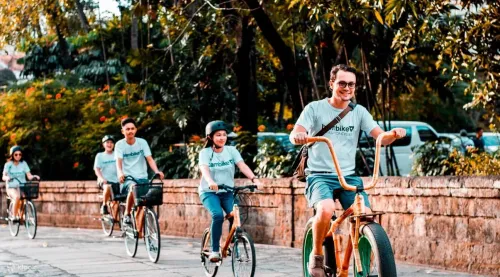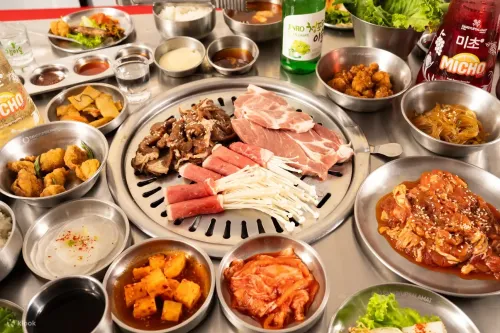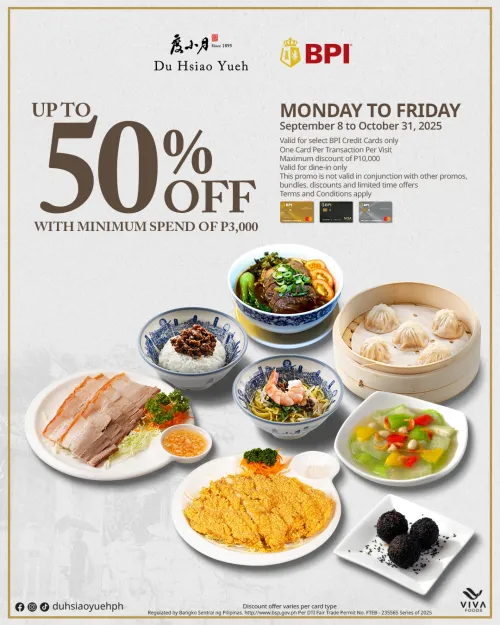Yes Chef! Miko Dy of Bistro Lokal Shares His Favorite Ilocano Dishes

Asia is one food-crazy continent! We take great care to pick restaurants based on culinary vibes, rankings in international gourmand guides, mentions in magazines, Instagramability, and added allure. Yes, Chef! features the region’s chefs' stories of love and labor in kitchens, which has made some of our restaurants the next big thing in Asia.
The Philippines’ “Imperial Manila” way of thinking has unfairly taken the spotlight away from equally deserving regional delights. Fortunately, recent initiatives have called attention to other cultures. Among these is the Candon Festival of 2024, which took place from Oct. 3 to 5, 2024, at what is dubbed the “Heart of Ilocos Sur.” Artists such as OPM band Ben & Ben, sculptor Joe Geraldo, and even local mayor Eric Singson celebrated a full weekend of artistic and gastronomic pursuits.
Also in attendance was Ilocano chef and baker, Miko Dy, who spearheaded an exclusive multi-course food tasting called "MANGANTAYON" with chefs Francine Evangelista, Tristan Fernandez, and Samantha Abalos. Together, they fed 60 lucky guests a total of eight dishes, all of which utilized Ilocano ingredients and methods.

Known for their strong use of flavors, Ilocano dishes are often dominated by asalty, umami, or bitter taste. In the region, diners are apt to be overjoyed (or overwhelmed) by a plethora of ingredients, all of which have distinctive flavors and aromas.
“For four days, I immersed myself in the rich culture of Ilocos and its people,” Chef Miko Dy shared. “The region is home to a diverse and vibrant food scene, deeply rooted in tradition. [During Candon Festival], my plate became the canvas and the food of Ilocos, my paint.”

Truth be told, the degustation he curated was also influenced by nostalgia. Being half-Ilocano – with his father hailing from Laoag – Chef Miko spent many summers and vacations in the region. For his recent menu, he focused on highlighting local ingredients such as Suka Iloco (Ilocos vinegar), Calamay (rice cake made with coconut milk), and garlic. “I used high-end ingredients alongside these; I feel that doing so gives these Ilocano dishes validity for fine dining use,” he added.
Needless to say, this project was one that was close to the chef’s heart. Aside from having an Ilocano father, Chef Miko also married an Ilocana (his wife hails from Santa Cruz). He pays homage to them at his Baguio restaurant, Bistro Lokal, by combining his two favorite cuisines: Ilocano and Kapampangan, “Preserving one’s heritage is very important because this is our identity. Without it, [it’s as if] we don’t have a face.”

In his professional kitchen, Chef Miko whips up incredible artisan bread alongside farm-to-table dishes using organic ingredients from the nearby Cordilleras. Their Benguet Kinuday salad utilizes meat smoked using guava or the alnus plant. They also serve Bagnet(deep fried pork belly from Ilocos) Bites, Bagnet Binagoongan(bagnet cooked with fermented shrimp paste), Sisig (pork jowl and ears from Pampanga), and Dinakdakan (Ilocos pork dish similar to sisig).
Chef Miko’s favorite local foods have also been influenced by his mother. While the lady had grown up in Baguio, Chef Miko said that she was also apt to use Ilocano ingredients in her cooking, “My favorite is Dinardaraan (an Ilocano version of pork blood stew, Dinuguan, that is drier than its counterpart), Insarabasab (an Ilocano version of sisig cooked upon open fire and on a clay pot), as well as goat dishes like Kilawing Kambing (goat roasted with vinegar and ginger)."
“Ilocanos are great at making kilawin, which involves grilling and roasting the meat,” Chef Miko commented. He also enjoys a traditional Kalderetang Kambing (goat stew). “[Kalderetang Kambing is proof that] Ilocano cuisine can be found all around the Philippines, with different versions,” he shared. “The word itself comes from the Ilocano word ‘kalding’ which means goat.”
For tourists, chef recommends the region’s must-trys. Of course, this includes the local Vigan Longganisa, which is more garlicky than in other parts of the country. Sweet, sticky Calamay from Candon is definitely favorite, as is the special Bagnet of Narvacan. “Native lasona(local shallots that boast a sweeter, sharper taste than red onions) also make the Ilocos palate so unique,” he added.
Find out more about Chef Miko Dy through his Instagram account, and the Instagram page for Bistro Lokal.
Get the latest curated content with The Beat Asia's newsletters. Sign up now for a weekly dose of the best stories, events, and deals delivered straight to your inbox. Don't miss out! Click here to subscribe.















